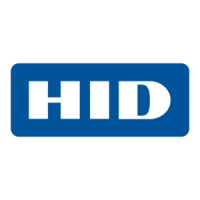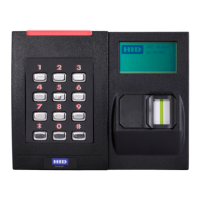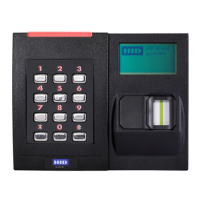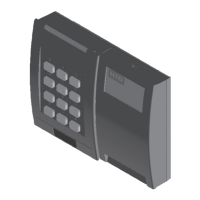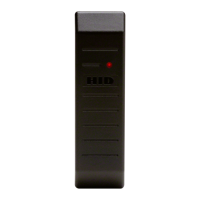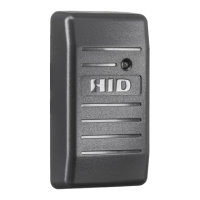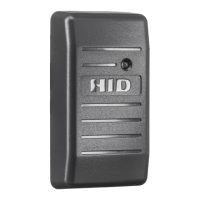iCLASS SE Reader Module Hardware Developer’s Guide, SE3200-902, Rev. C.1
Page 23 of 52 February 2014
5 Electrical Specifications
5.1 Maximum Ratings
Stresses beyond those listed may cause permanent damage to the device. This is a
stress rating and functional operation of the device at these or other conditions
(beyond those indicated in the operational sections) is not implied. Exposure to
absolute maximum rating conditions for extended periods may affect device
reliability.
Table 8: Maximum Ratings
-25°C to 65°C
-45°C to 85°C
Operating Voltage Range - SE32x0A0x
3.6-10 VDC
Operating Voltage Range - SE32x0APx
5-10 VDC
5.2 Current Draw
The following measurements were performed with a 50 Ohm load connected to the
HF interface. In the case a real antenna is connected to the iCLASS SE Reader
Module’s power, consumption changes depending on the presence of a transponder
and its relative position to the antenna. For that reason, find guidance for changing
power consumption for particular antennas in section 6 RF Interfaces.
The power consumption is independent of the supply voltage, as the iCLASS SE
Reader Module uses a linear regulation system.
Table 9: Power Considerations
Normal Power Mode
Polling for HF transponders
in autonomous mode
1
No Prox
Average DC current at 20°C 40 mA
Peak Current
2
at 20°C 140 mA
Normal Power Mode
Polling for Prox Credentials
(HF deactivated)
Average DC current at 20°C 50 mA
Peak Current
2
at 20°C 140 mA
Ultra Low Power Mode
Average DC current at 20°C 8.5
µA
Peak Current at 20°C 24 µA
1
Polling cycle includes ISO/IEC14443 Type A and Pico15693. Adding additional
protocols to the polling cycle may vary the power consumption.
2
When the carrier is turned on, the current consumption of the module may build to
create the required magnetic field. The peak currents are also considered in the
average current measurement.
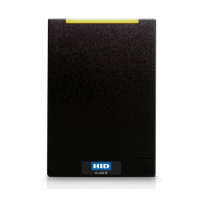
